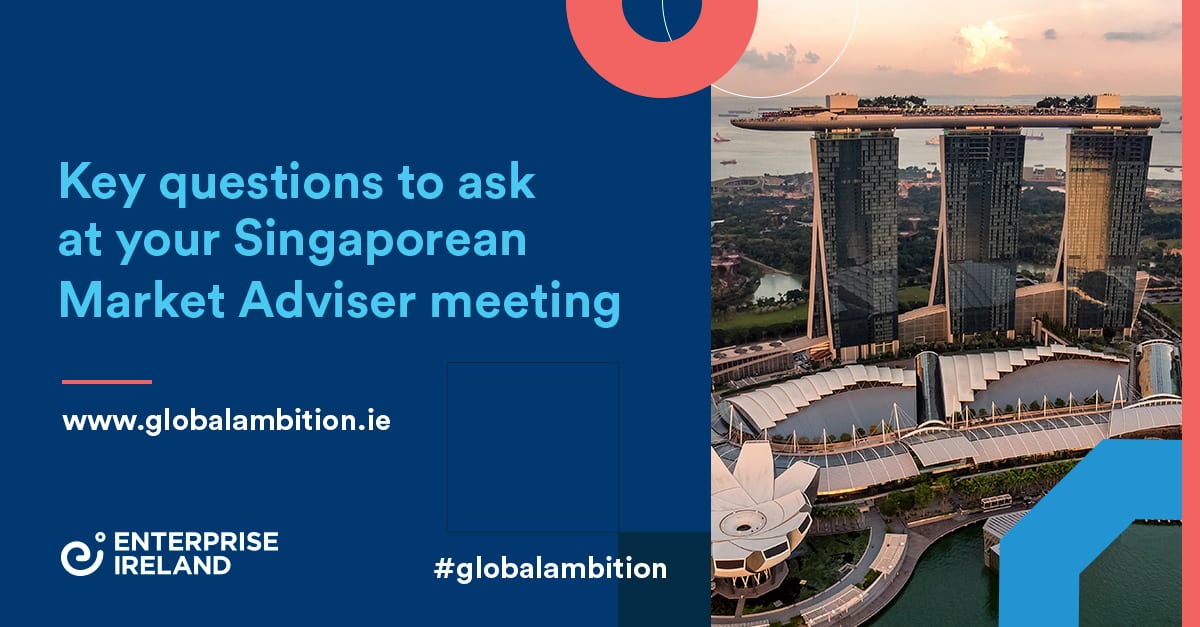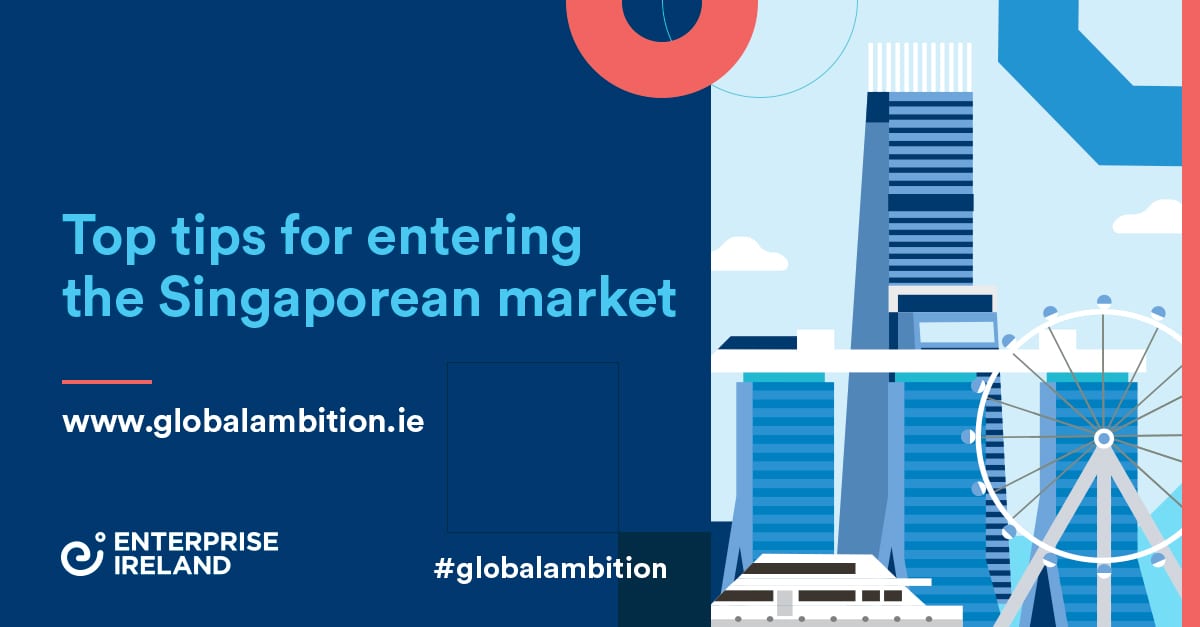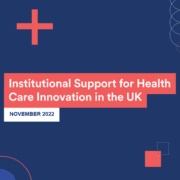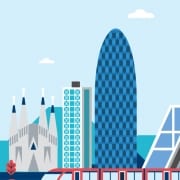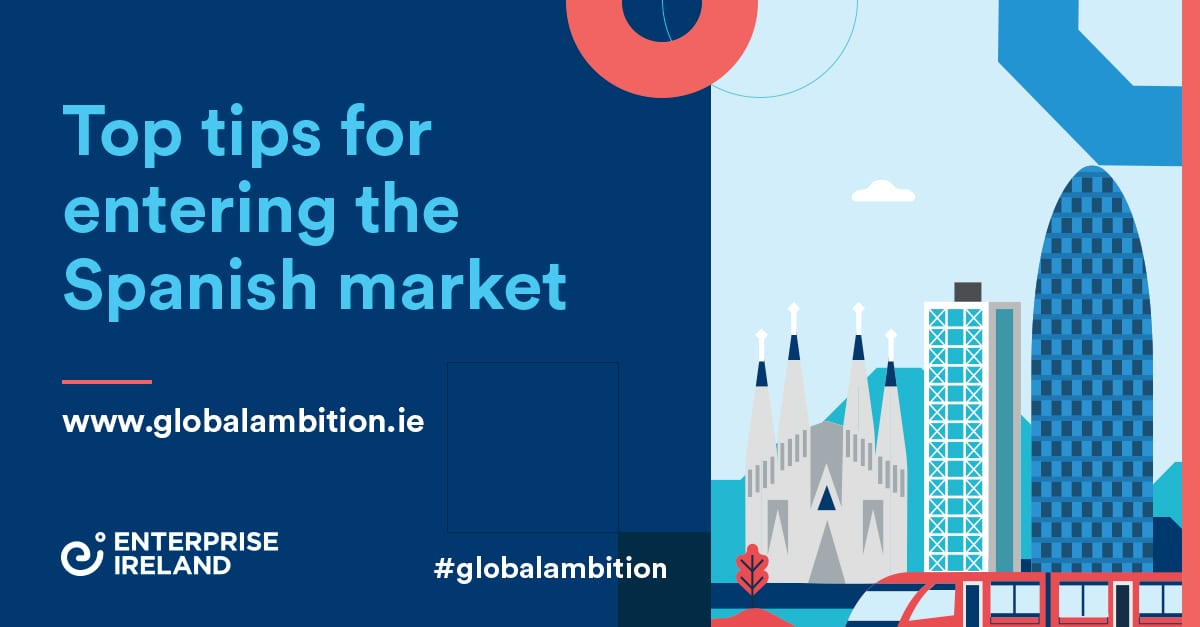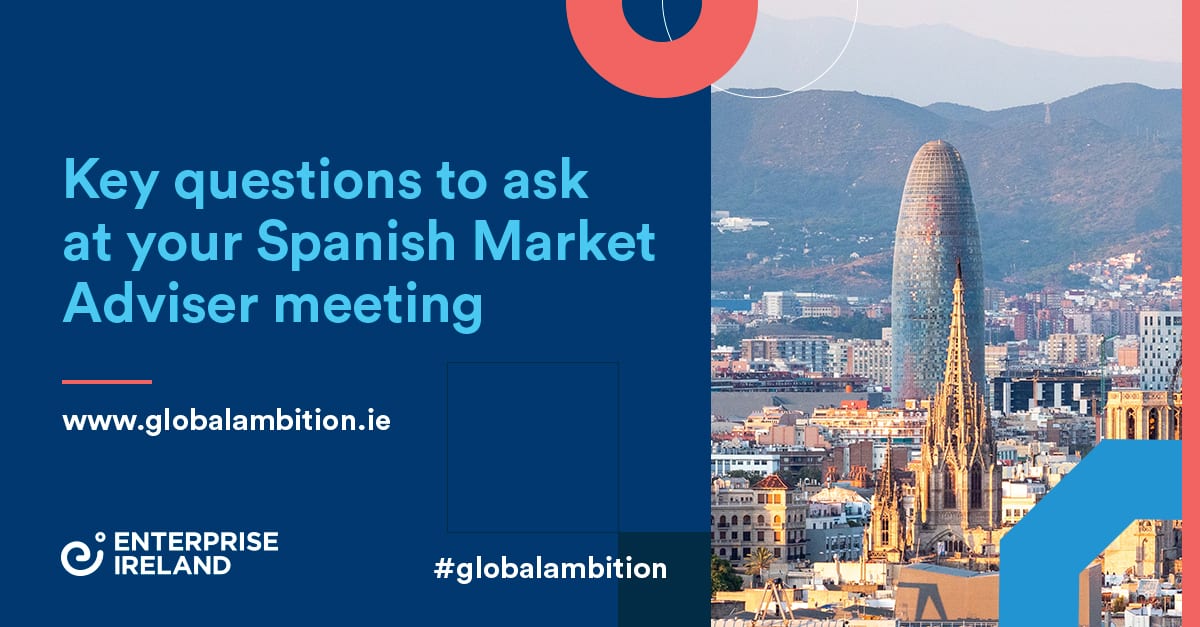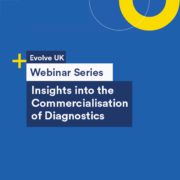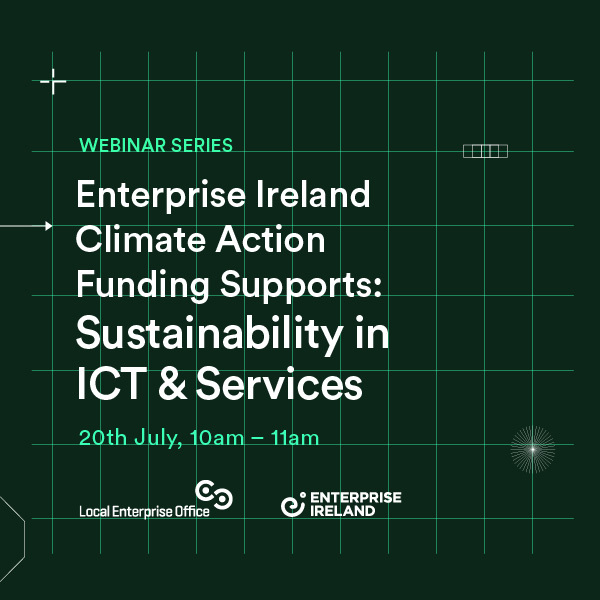The evidence is in, and it’s quite clear – gender-balanced teams and businesses perform better. That’s a key reason why, under its ‘Women in Business’ strategy, Enterprise Ireland has over the past decade focused on diversity and increasing the number of women-led companies in Ireland.
The strategy has yielded results, says Eimear Ní Nualláin, senior investment adviser in growth capital at Enterprise Ireland. “In 2011, just 7pc of Enterprise Ireland’s high-potential start-ups were led by women. By 2021, that figure had risen to 29pc. So while we may not be at parity yet, the progress is clear,” she says.
Positive momentum is clear
Positive momentum is also evident from the Female Founders & Funders 2022 report from Tech Ireland, which states that women-founded tech firms in Ireland raised €230m in 2021. While that’s an increase of 120pc on 2020, it still only represents just 13pc of all funding in this space.
Across Europe more broadly, only 1.8pc of capital raised by tech companies in 2021 went to all-women founding teams, according to European Women in Venture Capital (VC).
As a result, Enterprise Ireland continues to focus on this area to bring about positive, sustainable and long-lasting change in the entrepreneurship ecosystem and to harness the full talent and expertise of a diverse population.
“This is vital,” explains Ní Nualláin, “as we position Ireland as a leading location for entrepreneurs to start and scale businesses, and to be ambitious about the growth they can achieve.”
While Enterprise Ireland invests directly into companies, it also invests indirectly through seed and venture capital funds.
“For example, under our most recent seed and venture capital scheme, Enterprise Ireland sought commercial fund proposals that help progress key EI strategic priorities, including our ‘Women in Business’ strategy,” says Ní Nualláin. “Indeed, 70pc of the fund managers supported under such schemes have women at the partner/investment manager level.”
Ireland leads on gender diversity
As a result of programmes such as these, Ireland is already at the vanguard when it comes to nurturing gender diversity in private equity.
According to Level 20, a not-for-profit organisation founded to improve gender diversity in private equity, Ireland is top of the leaderboard regarding women being senior investment professionals. In fact, women make up 28pc of the people at this level in Ireland’s private equity and venture capital industry, compared with 10pc across Europe.
“The reasons why women have been under-represented in this space are multifaceted and complex,” explains Ní Nualláin. “One is that, the under-representation is particularly pronounced in certain industry sectors – such as deep tech, manufacturing, engineering and construction
Under its ‘Women in Business’ strategy, Enterprise Ireland is focused on increasing the participation of women across the enterprise eco-system.”
Enterprise Ireland is also seeking to double the number of women leading companies that grow internationally and the number who participate in our management development programmes. Through “The Level Project” www.levelproject.ie we are working with Irish companies to improve gender balance in their leadership teams.
At the same time, we’re striving to increase the number of female-founded high potential start-ups by 30%.
“All of this is key ,” says Ní Nualláin, “not least because harnessing the full talent and expertise of our diverse population will result in better businesses and an opportunity for faster economic growth.”
Collaboration with the IVCA
Recognising that raising equity finance is tough and time-consuming, Enterprise Ireland is collaborating with the Irish Venture Capital Association (IVCA) on a pilot programme of events focused on women entrepreneurs.
Webinar, Equity Masterclass, mentors and networking
This programme kicked off in July with a webinar which included panel discussions from experienced women funders and a successful founder, to identify and provide examples of fundraising strategies.
According to the Tech Ireland Female Founders and Funders 2022 report, companies with women founders raise investment amounts that are, on average, 20pc lower than the average amounts raised by all companies.
Therefore, in recent weeks, together with the IVCA, we ran an in-person equity masterclass for women entrepreneurs, to develop a roadmap for those currently raising funds who wish to develop their investment skills and network with other women founders.
In addition, the IVCA has provided women VCs as mentors to the entrepreneurs who attended the masterclass.
Women VCs are also participating in Enterprise Ireland investor-ready panels, where women entrepreneurs on the programme can present an investment proposition and receive feedback from an independent panel of mentors with experience in fundraising, start-ups, and business leadership.
In November 2022, the IVCA hosted a joint networking event aimed at bringing funders and founders together.
With this pilot series of events, we are aiming to support innovative women-led companies with high growth potential seeking venture capital finance.
Watch a recording of the webinar for women entrepreneurs raising VC funding.
Discover Enterprise Ireland’s action plan for women in business.
